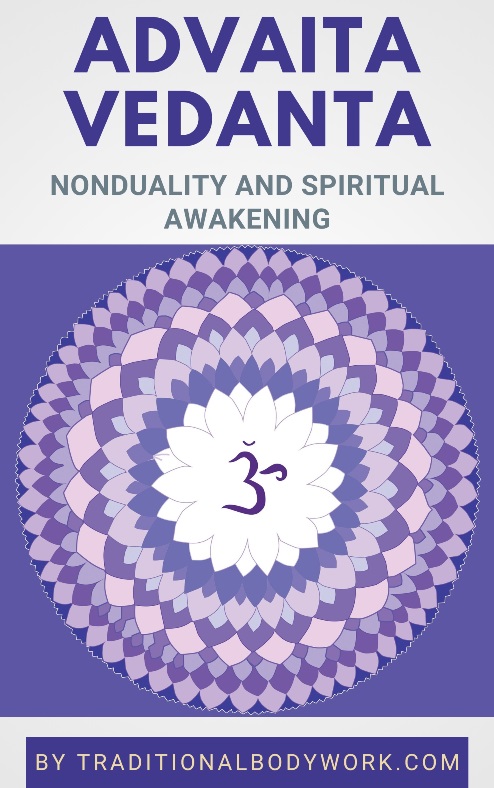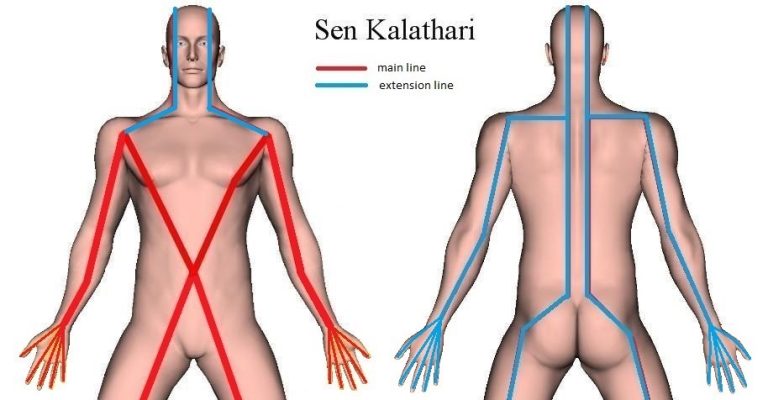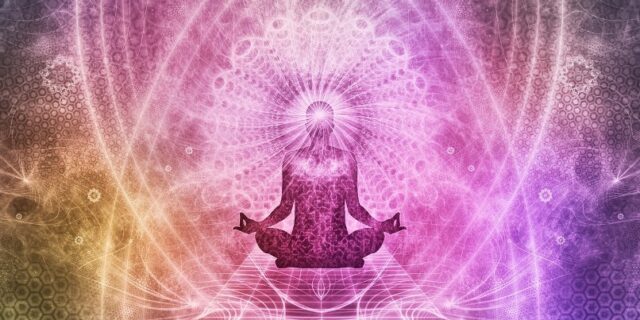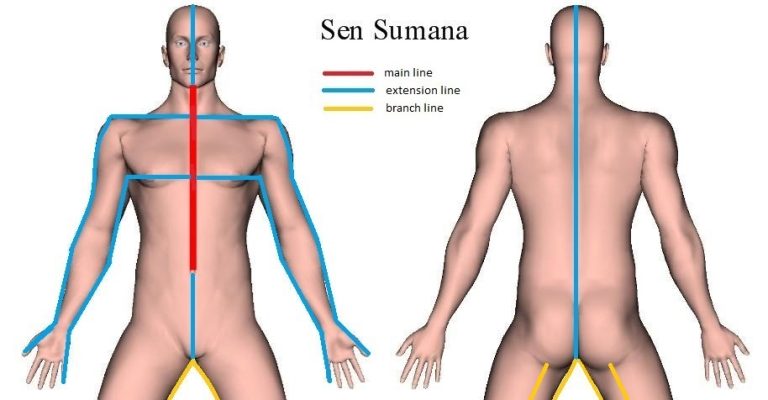
In Yoga, there’s always much emphasis on keeping the spine straight as much as possible — when doing Yoga exercises, but also in general in daily life. In fact, apart from doing certain Yoga poses (Asanas) with keeping the spine straight, there are also many Yoga exercises that are aimed at correcting one’s spine and posture.

However, note that a straight spine (i.e. spinal column) doesn’t mean that the spine is as straight as a rod, it isn’t because the spine has a natural curvature. In addition, what’s “straight” for one person may not be straight for another, which means that there are variations in “natural curvature” for one person or the other. Hence, “having a straight spine” means “keeping your natural spinal curvature in check.”
But okay, one way of looking at it is that a straight spine (i.e. straight back) as the physical center of gravity is both a creation and expression of balance. If we don’t keep the spine straight, other parts of our body will compensate on a muscular level and be out of balance, which has consequences for the way we breathe (and how we let Prana Life Energy flow i.e. circulate in our body) and for the way we feel, that is, we’ll feel somewhat out of balance, sluggish, or even depressed. In fact, we become less calm, less concentrated, less centered.
Another aspect of a straight spine is its relationship with Sushumna Nadi. This principal Prana Energy Channel in our body runs along the spine (some scriptures even claim in the spine). In Yoga, it’s generally thought that an awakened and fully functional Sushumna Nadi can only be the result of complete balance between Ida Nadi (left side channel along the spine) and Pingala Nadi (right side channel along the spine). This is reflected by a physically straight spine, because a spine that’s bent or curved basically also means an Ida and Pingala Nadi that are — out of balance.

Moreover, in Yogic practices it’s thought that Ida Nadi controls the Parasympathetic Nervous System (PNS), Pingala Nadi the Sympathetic Nervous System (SNS), and Sushumna Nadi the Central Nervous System (CNS). Subsequently, it’s important that the nerves in the spine and those that exit the spine are not pinched or otherwise obstructed so that thy can function properly and without pain.
Of course, aiming at having a straight spine (in daily life) also simply has physical health benefits. For instance, keeping the spine straight (and thus left and right side of the body balanced) can prevent back pains, keep the internal organs at their right locations, carry our upper body easier, improve respiratory function and blood circulation, prevent muscle imbalances and hence joint pains and nerve problems, and aid in good digestion. Muscle balance in the body also means that the spine keeps being mobile, which is important for optimal range of motion.
















